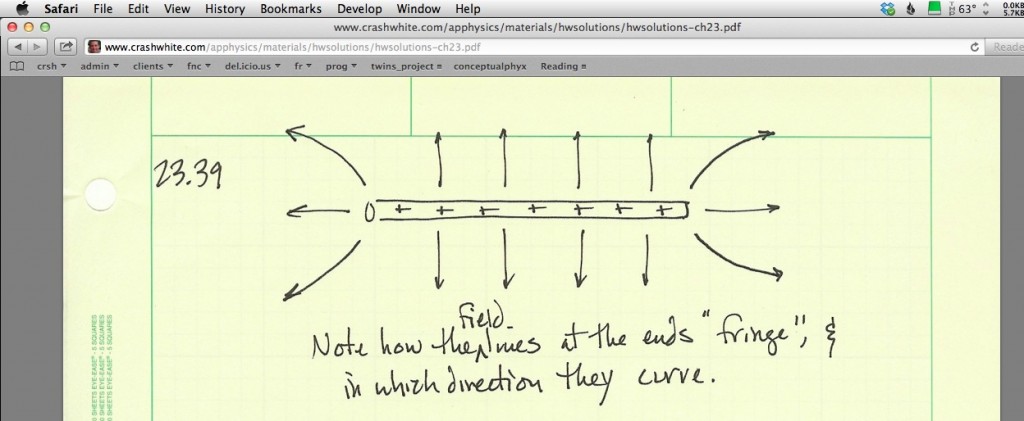P.A.C.E. yourself
by Richard White
2013-02-16
Spend any time on survival or disaster blogs—for the record, I don’t—and you’ll stumble upon the PACE acronym, which describes strategies or plans that you might develop for particularly mission-critical plans.
“PACE” stands for your
* Primary Plan
* Alternate Plan (to be implemented when the Primary fails)
* Contingency Plan (to be implemented if Alternate Plan fails)
* Emergency Plan (for serious uh-oh situations)
I used to work at a school that asked teachers to submit an “Emergency Lesson” plan that presumably could be taught by a substitute teacher called in at the last minute to replace you, in the event that one had an unplanned absence. That’s the right idea, and probably sufficient for the purpose.
Let’s look a a technology example though, familiar to anyone who’s ever had to teach in a room with a flaky Internet connection. You’ve a visiting teacher at a school and you’ve got that perfect YouTube video inserted in a presentation, and it’s go time. You head to the site, and… nothing. YouTube has been blocked at the school.
Not to worry. You’re ready, with multiple strategies for showing that video.
1. Primary Plan – Visit YouTube to show video
2. Alternate Plan – Show local copy of video that you downloaded using KeepVid.com
But that file appears to be corrupted… or maybe you can’t find it, or… well, no matter. You go to
3. Contingency Plan – Use a VNC client to connect to your home computer…
… but it turns out the wireless is down, or perhaps the whole school network! You turn to the last option, which in all likelihood is going to be more trouble than its worth, but dammit, this video is critical!
4. Emergency Plan – You pop out your Verizon iPhone and set up tethering on your machine, connecting to YouTube’s servers via a cell connection.
Now what are the odds that you’re going to have that many failures? Pretty low, and let’s face it, any teacher worth his or her stuff really shouldn’t be relying on YouTube *that* heavily for their lesson. But you get the idea. Really important stuff deserves not just a backup plan, but several layers of backup plans.
Another example. Aaron and I were heading to Monterey to give a talk at a conference, and we’d spent a fair amount of time working on our presentation deck. We wanted to leave nothing to chance, so we headed up with:
1. The presentation on one of our laptops.
2. A backup copy of the presentation on the other’s laptop.
3. A USB drive with a copy of the presentation there.
4. A copy of the presentation on each of our servers where we could pull it down if needed.
5. A PDF copy of the slides on another USB drive that we could scroll through on even a borrowed Linux machine in the unlikely event that everything else went down.
We didn’t need any of those backups, thank goodness, but the fact that we knew we had them gave us a certain peace of mind during our travels.
PACE yourself. Because I’m not really interested in your backup plan.
I want to know what happens when your backup plan *fails*. :)
